A convection oven mostly commonly known as the fan-assisted oven utilizes fans to circulate hot air and cook food more quickly. There are several benefits of using a commercial convection oven but the question is how do you use it and how to perform commercial oven repair and maintenance? Let’s take a look into how commercial convection ovens take cooking to the next level.
How To Use A Convection Oven?
Using a commercial convection oven is fairly simple and easy. To start, you need to adjust the temperature depending on the recipe by at least 25 degrees. In addition to that, you should always keep an eye on the food while it is being prepared. The cooking time may vary for different food items. For instance, small batches of cookies might take a few minutes to prepare while large cuts of meat may take at least an hour or so.
Furthermore, use baking pans with low sides for better air circulation. This will allow the food items to be cooked and prepared evenly. And for souffles and muffins, always use a low pulse or fan speed.
What Are The Benefits Of A Convection Oven?
The major benefit of using convection ovens is that they reduce the overall cooking time by 25% and cooking temperature by 30%. However, the percentage may vary depending on the size and model. On the other hand, convection ovens as compared to the traditional ovens tend to be more versatile as they can be used to warm, cook, rethermalize, roast, etc.
As mentioned previously, convection ovens come with fans that are designed to circulate air uniformly. This ensures that the food items are prepared evenly. But in the case of traditional ovens, food can sometimes come out unevenly cooked due to hot and cold spots and the air moving around at random. Moreover, the chances of overcooking or burning food items are far less as the cooking temperature and time both are significantly reduced.
What Are The Different Types Of Convection Ovens?
Direct-Fired
The direct-fired convection oven features an oven burner that is located directly under the cavity and pushes heat into space. The heat produced as a result of the combustion combines with recirculated air that comes in direct contact with whatever is being cooked. This method is ideal for making biscuits, pizzas, and flatbread.
Indirect-Fired
In the case of an indirect-fired convection oven, the burners of the oven do not directly contact with combustion products and recirculated air. Instead, the burner is fired into a radiant tube-type heat exchanger that heats the food in the cavity both from above and below. Even though this method is relatively more time-consuming, most bakeries prefer it to prepare cupcakes and cakes.
How To Maintain Your Convection Oven?
Commercial convection ovens can last somewhere around 6-10 years if maintained properly. Maintenance plays an important role and goes a long way in terms of ensuring optimum food quality. In addition to the food quality, convection ovens need regular maintenance to prevent dirt, grime, and oil accumulation.
Businesses that rely on such ovens should follow the manufacturer’s recommendations when it comes to maintenance. Plus, the maintenance should be performed by a certified individual to prevent any damage. However, in the meantime, it is your responsibility to regularly inspect the oven for grime and oil accumulation and clean up.
You can use detergents, chemicals, and soft brushes to clean the easily reachable areas. But when it comes to cleaning the interior, you should hire a professional. Convection ovens comprise several components that can be expensive to replace if someone from your team happens to damage them while cleaning.
Choose The Correct Utility
Commercial convection ovens come in purely natural gas, electric, and liquid propane varieties. Pure electric convection ovens are the most accessible and take little to no time for installation but require a lot of energy to run.
Natural gas convection ovens use both gas and electricity. While gas is used to cook and prepare the food, the electricity is utilized by fans for power. However, although natural gas is the cheapest option available, you will have to go through several procedures to receive a connection.
And finally, liquid propane convection ovens run more efficiently than natural gas convection ovens but are more expensive in some regions. If you do not have access to natural gas in your area, you can use propane as an alternative. If you plan to do so, make sure that your building has the right equipment in place to handle propane as it heats faster as well.
Final Word
Commercial convection ovens are becoming increasingly popular in restaurants and for all the right reasons. Make sure that you consult the user’s manual as well before using one and keep a maintenance schedule with the help of commercial appliances repair services to prolong the unit’s lifespan. topac

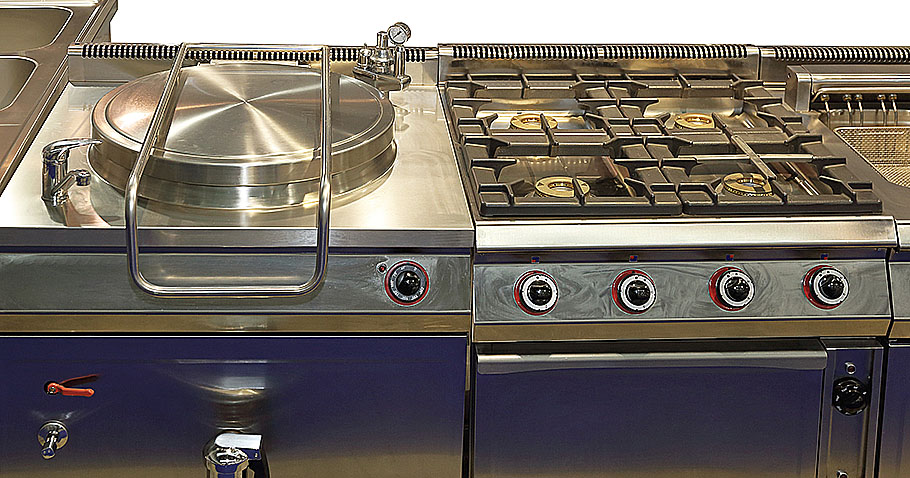
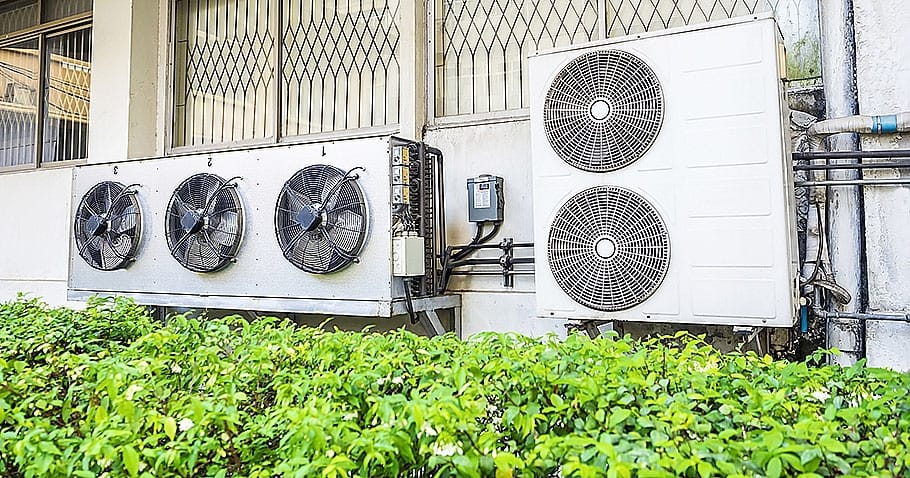
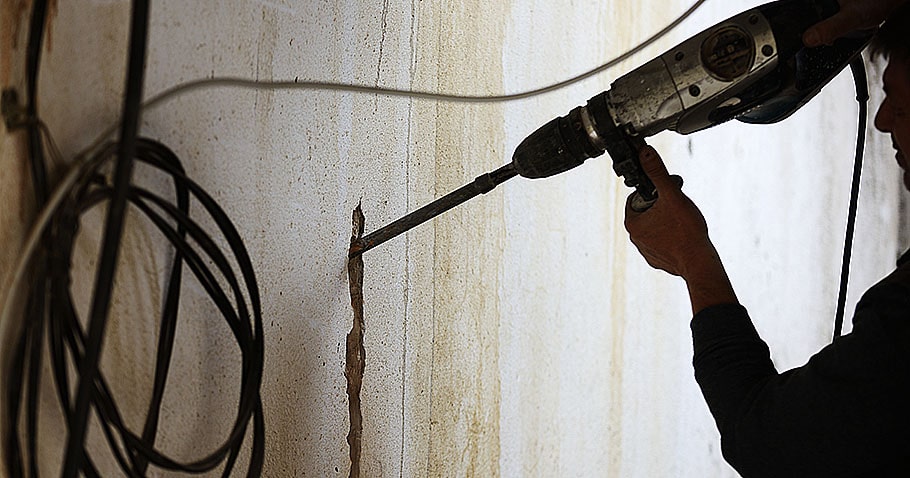
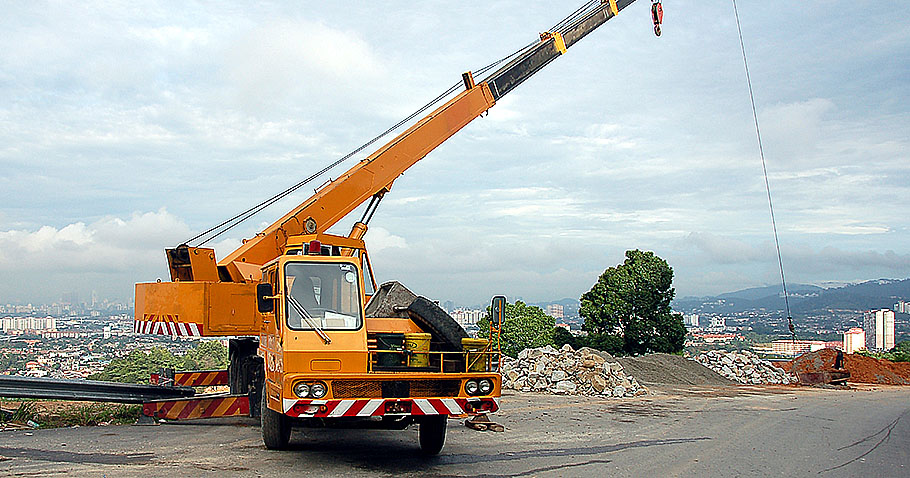
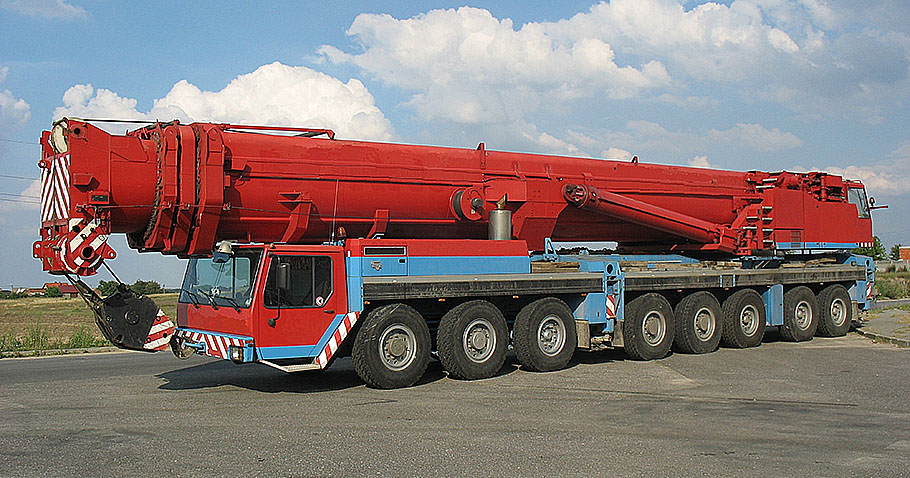
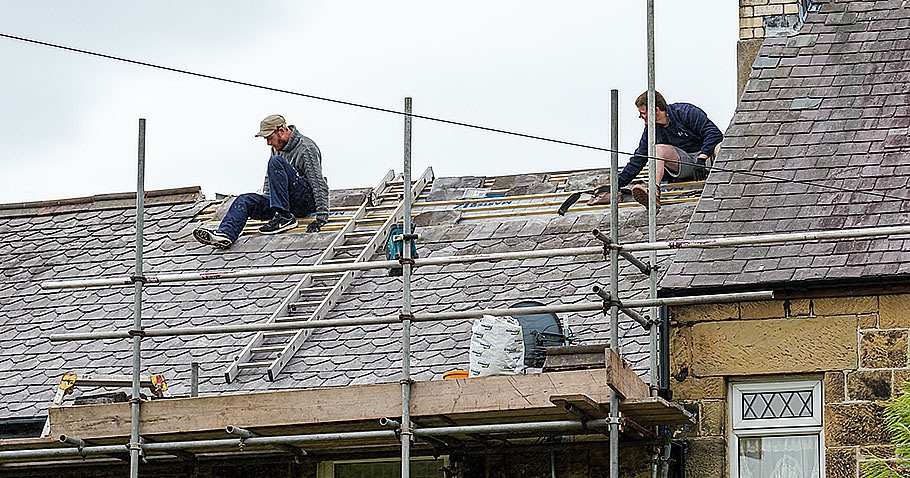
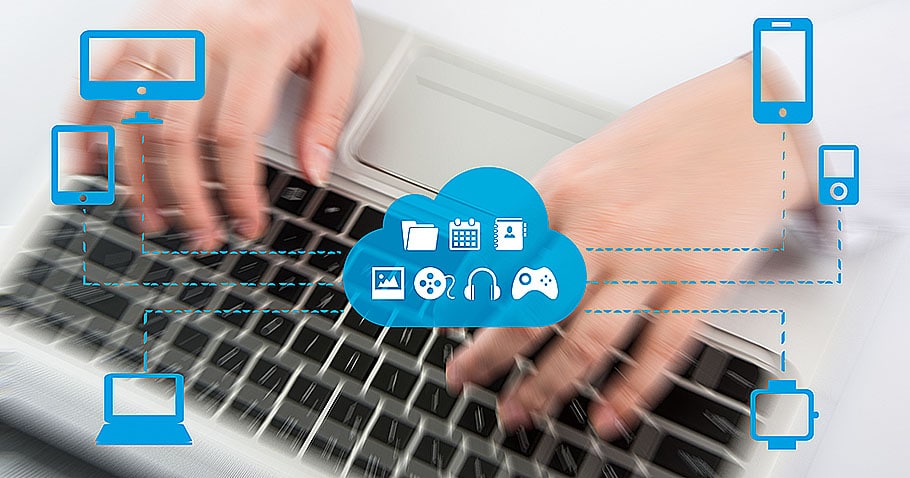
Comments